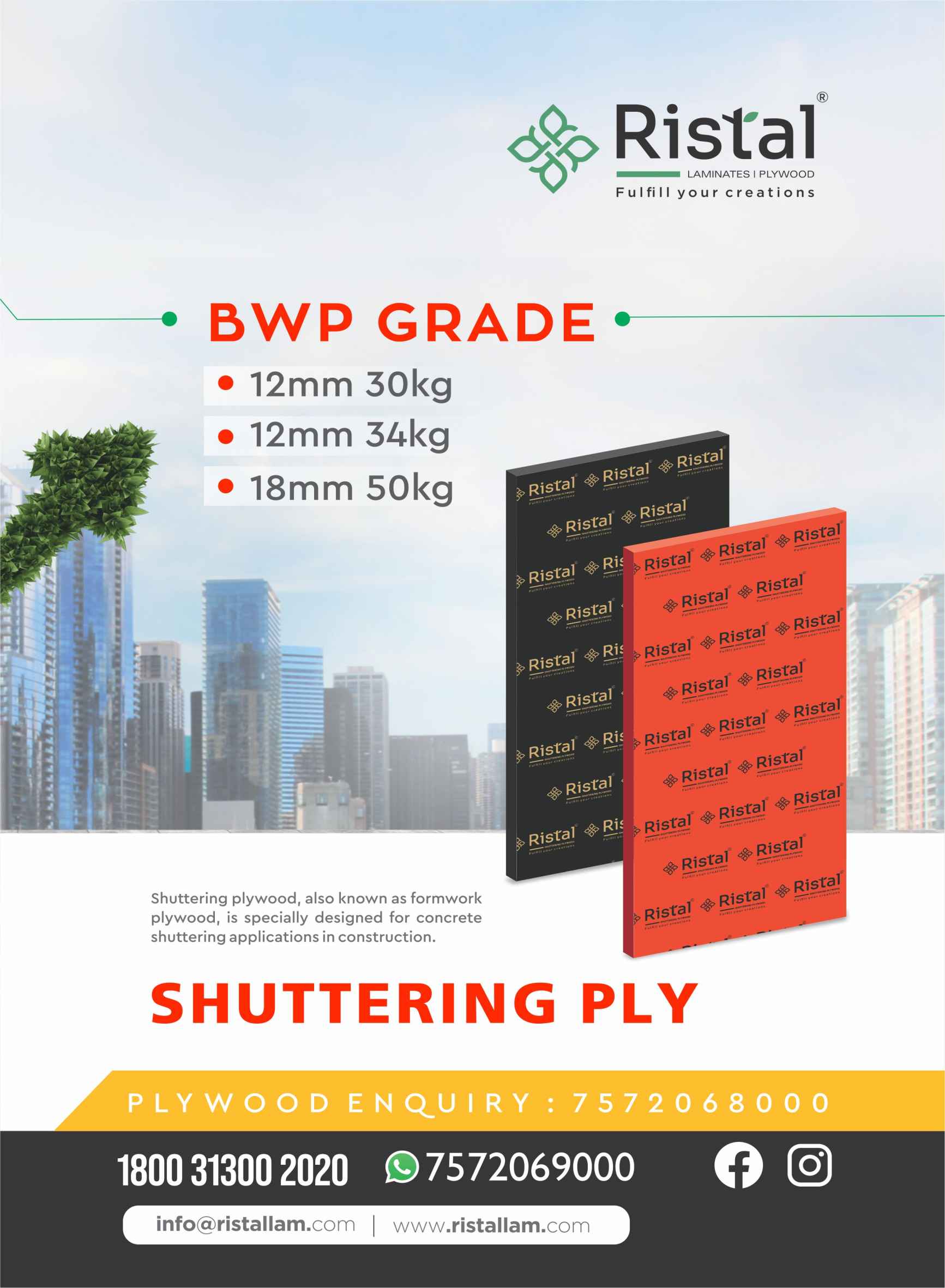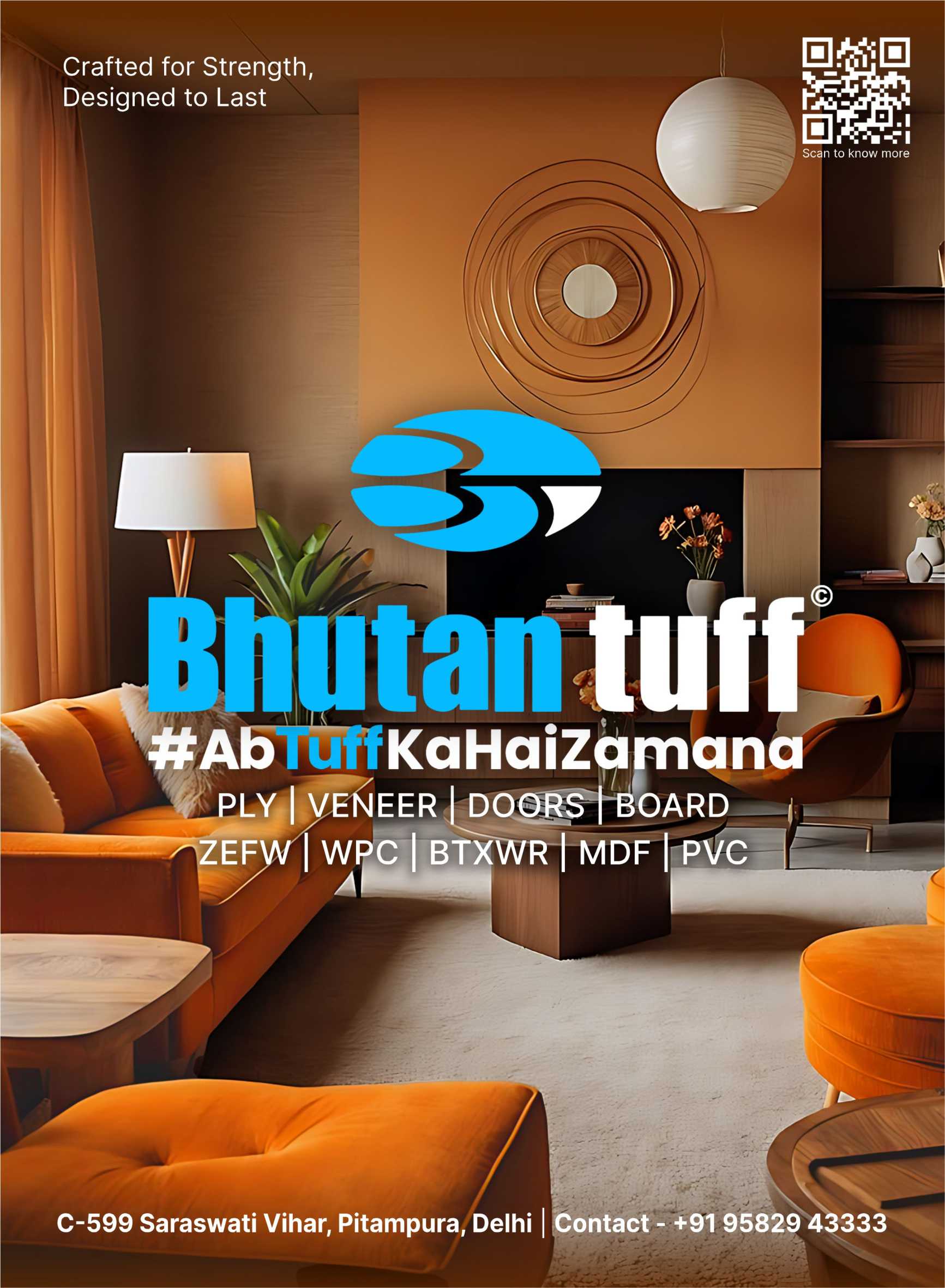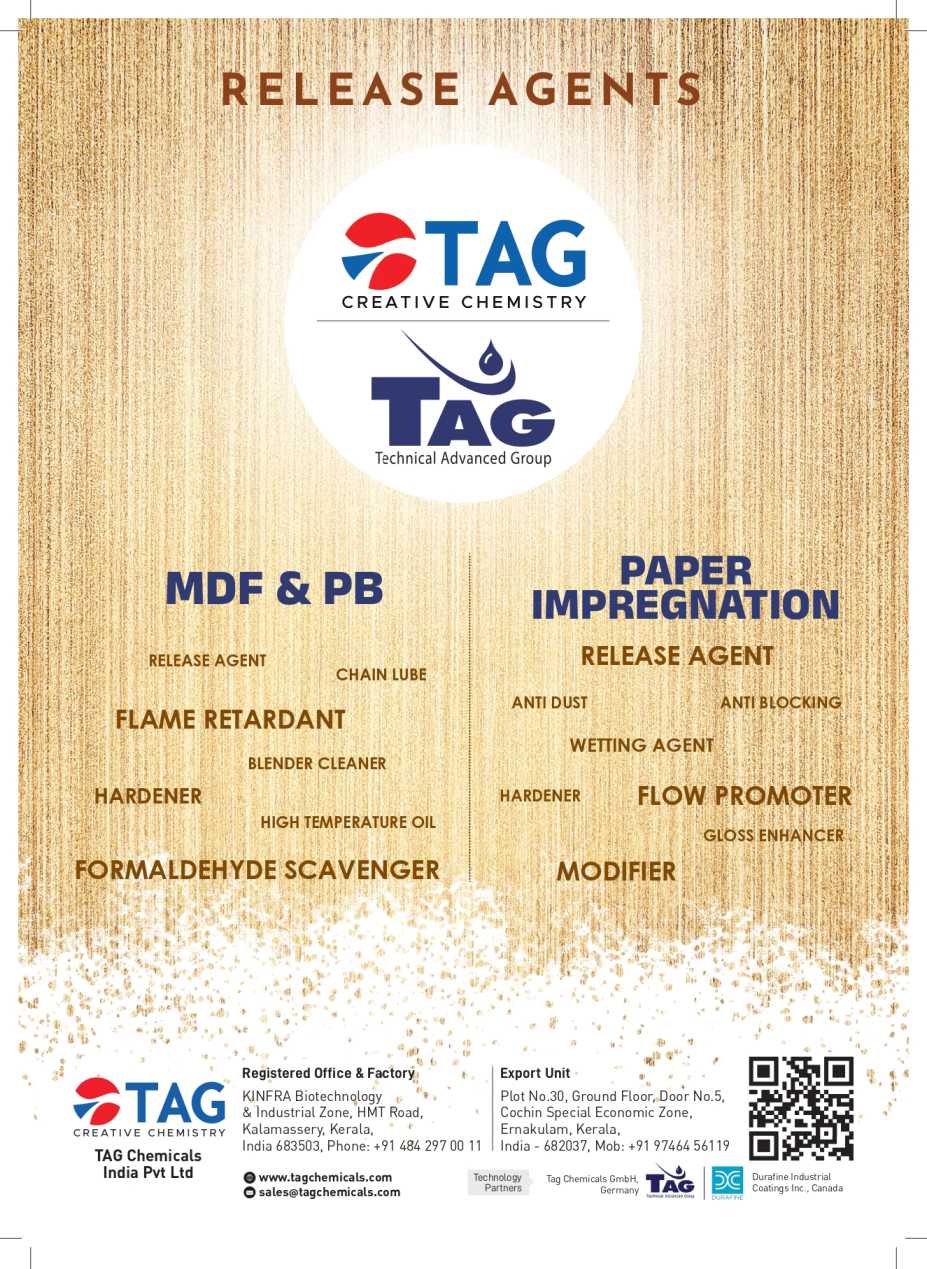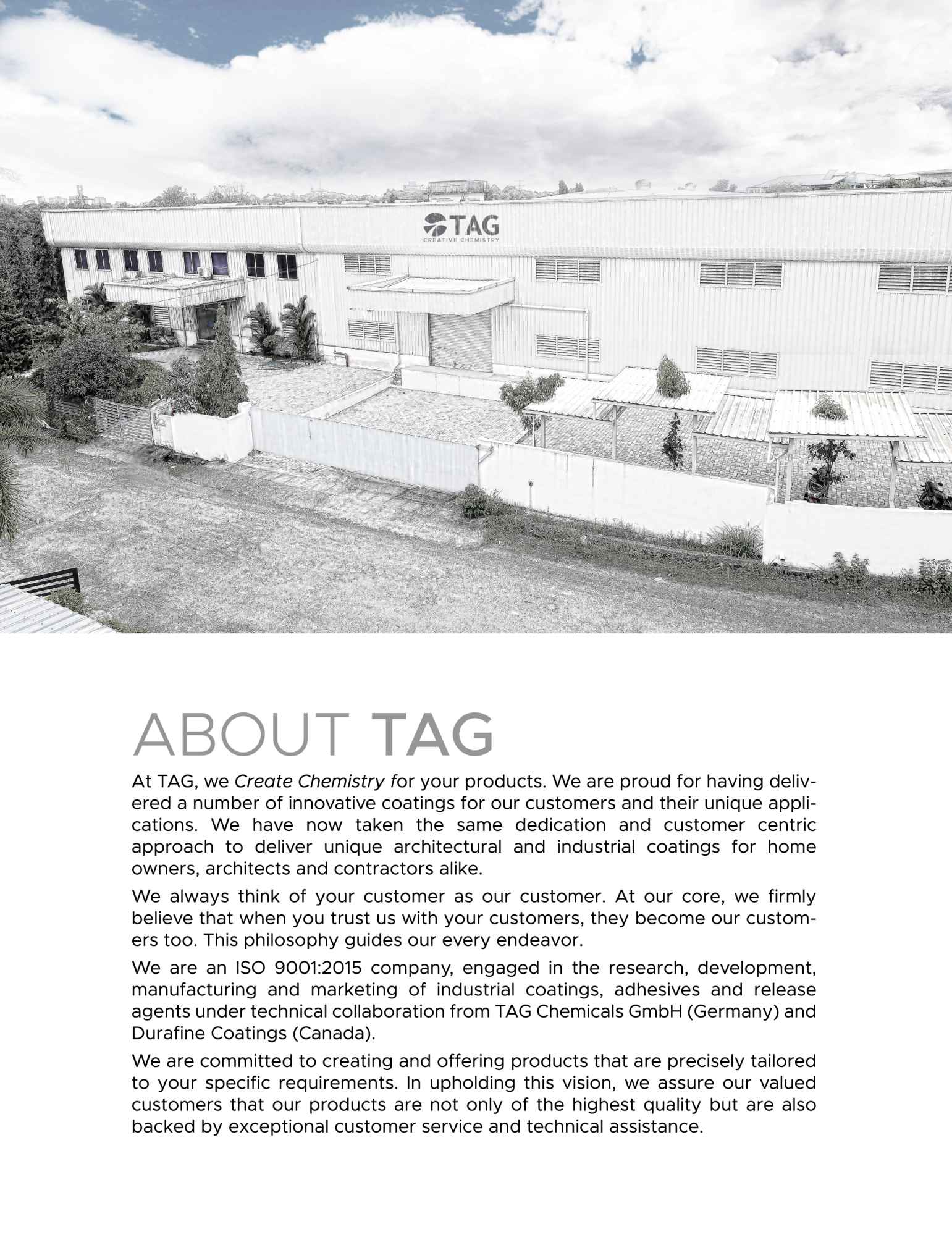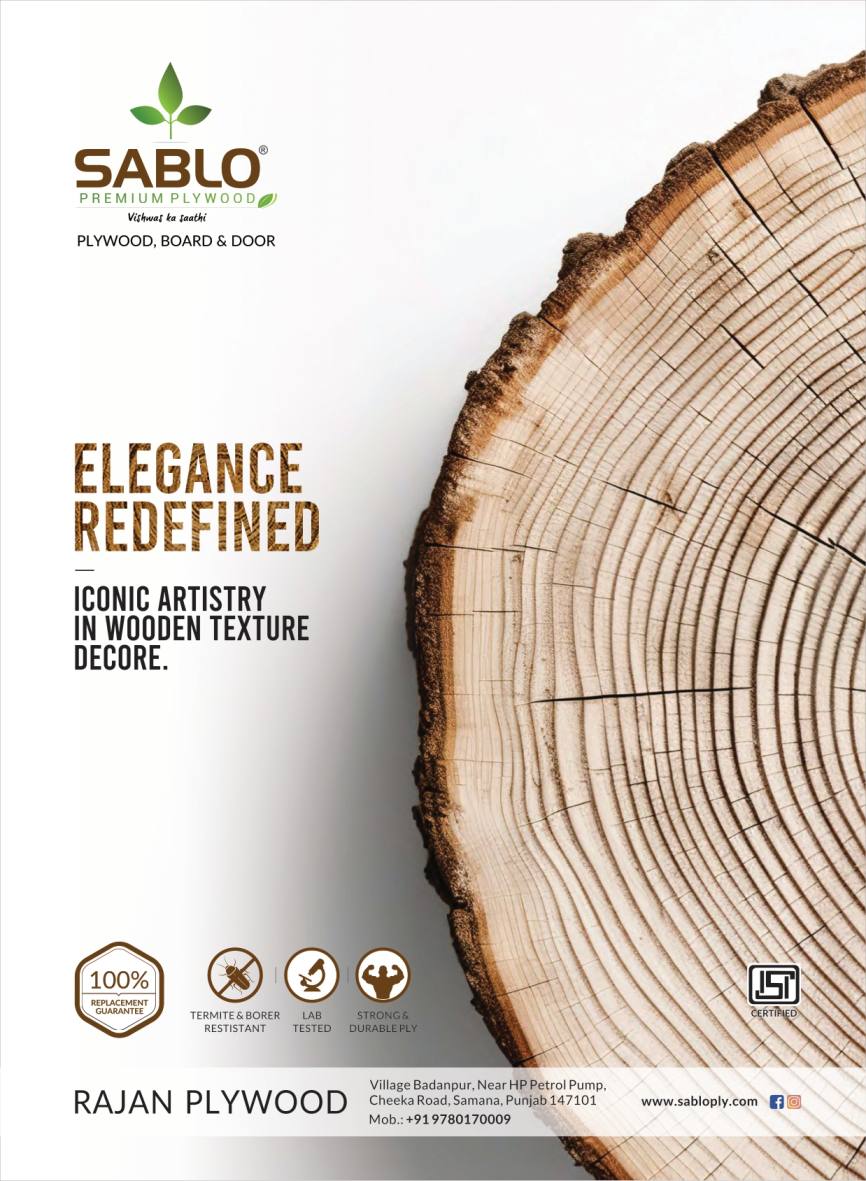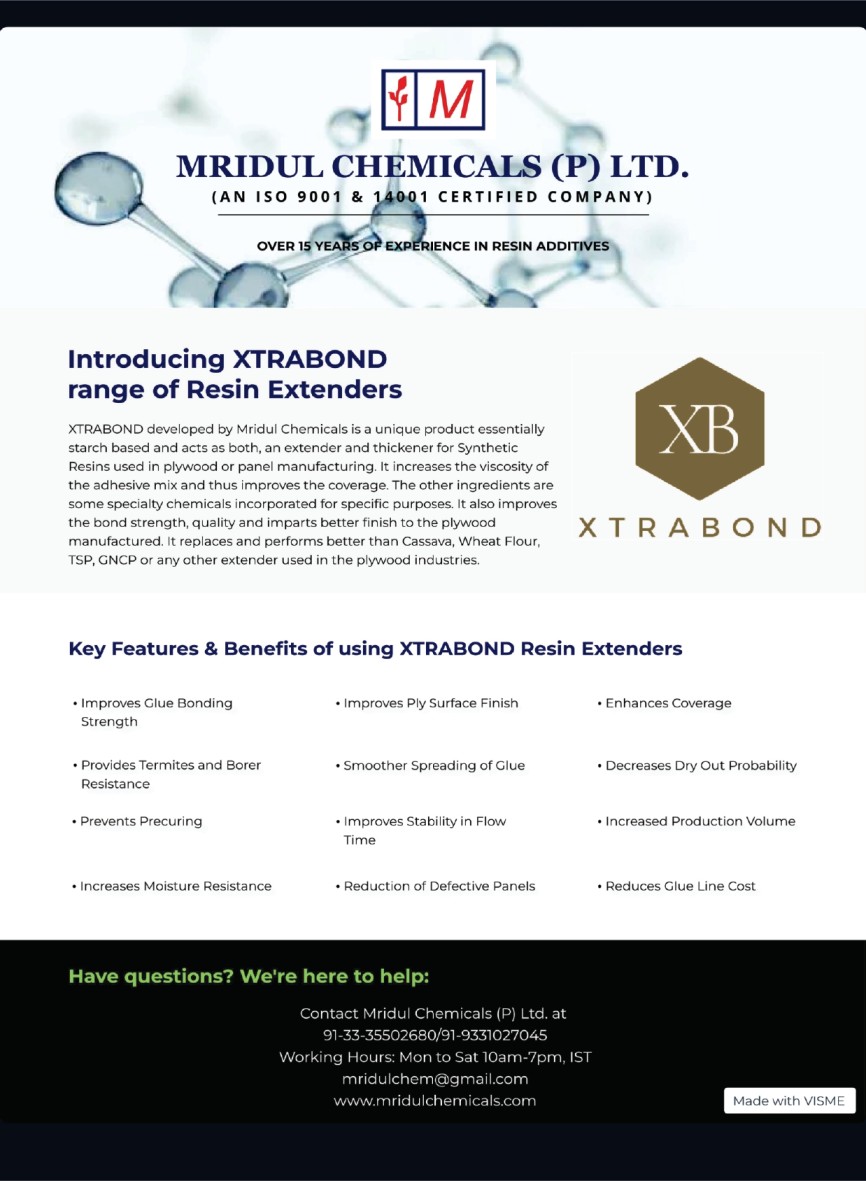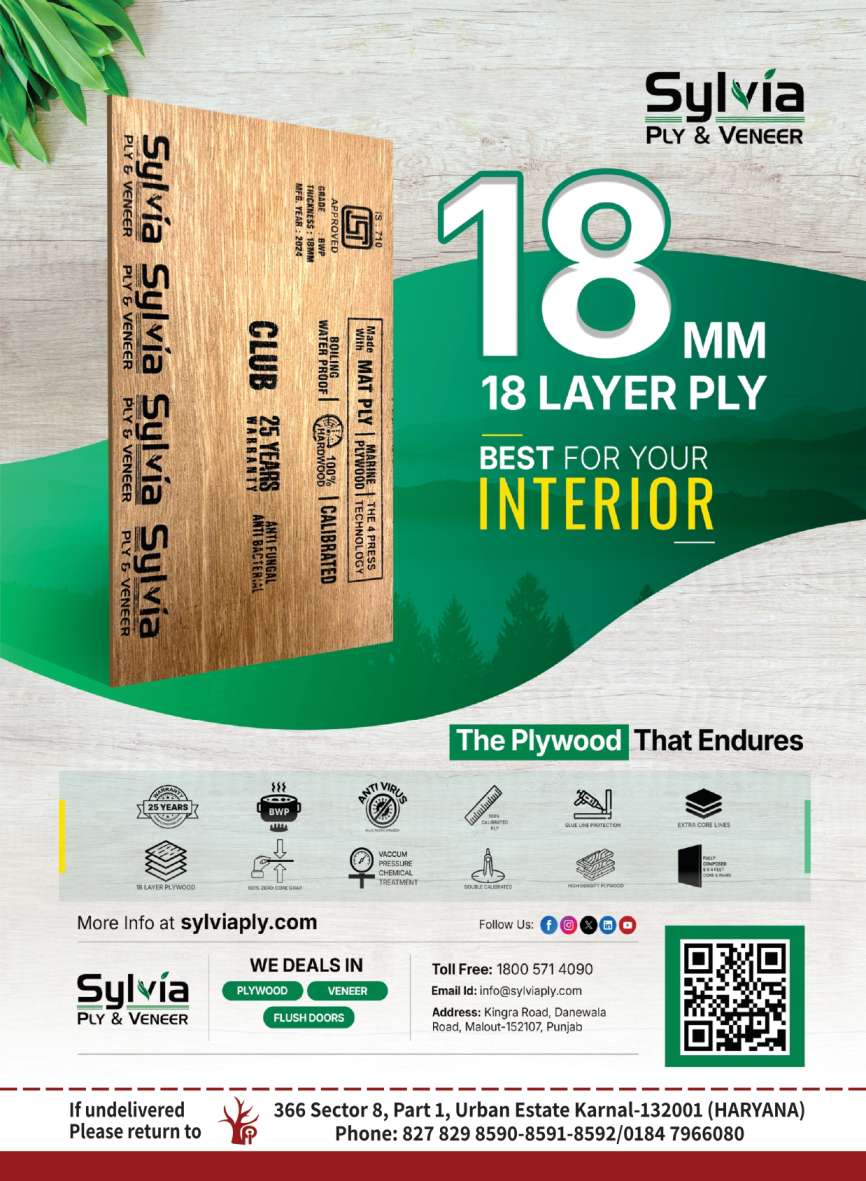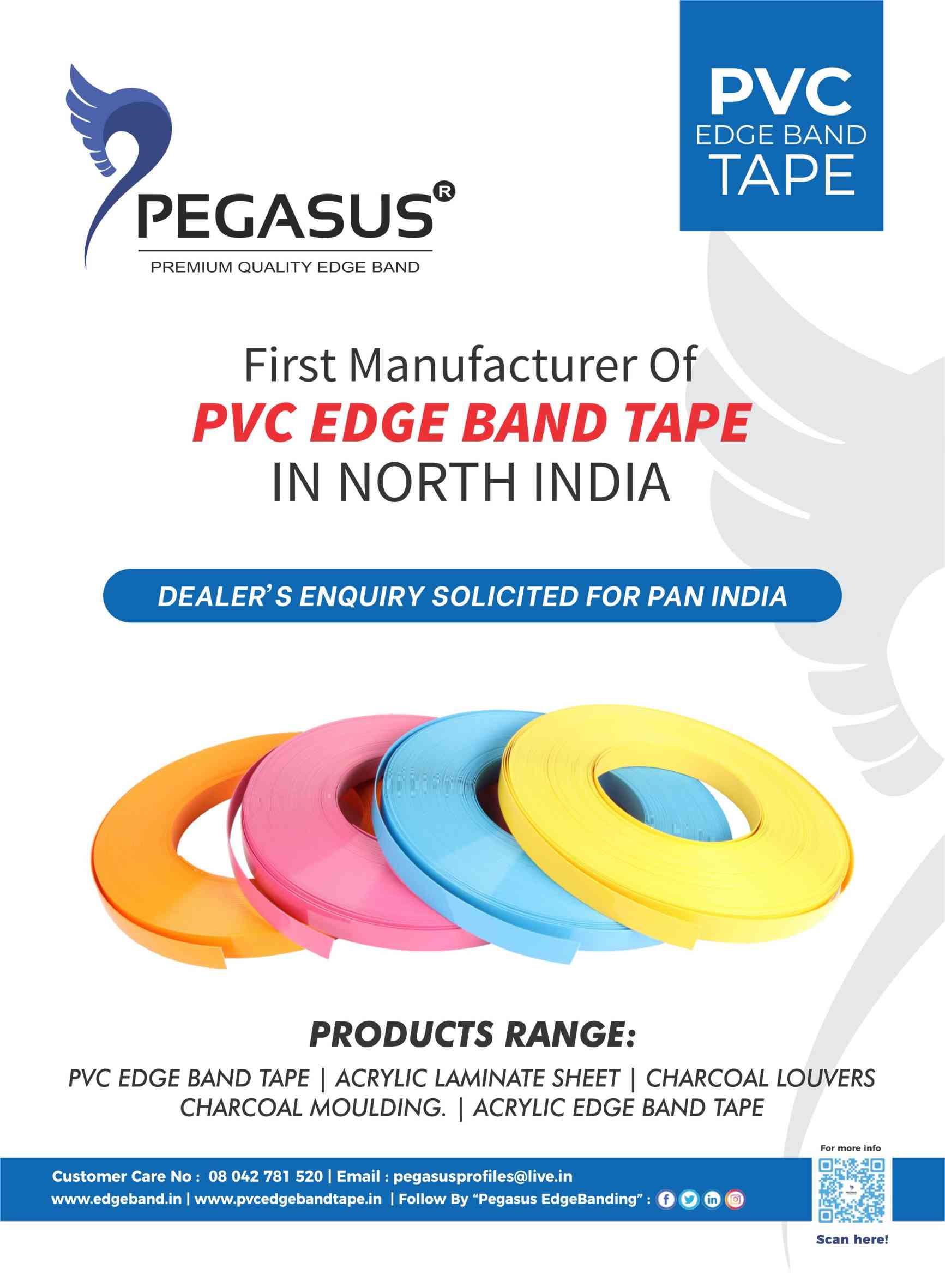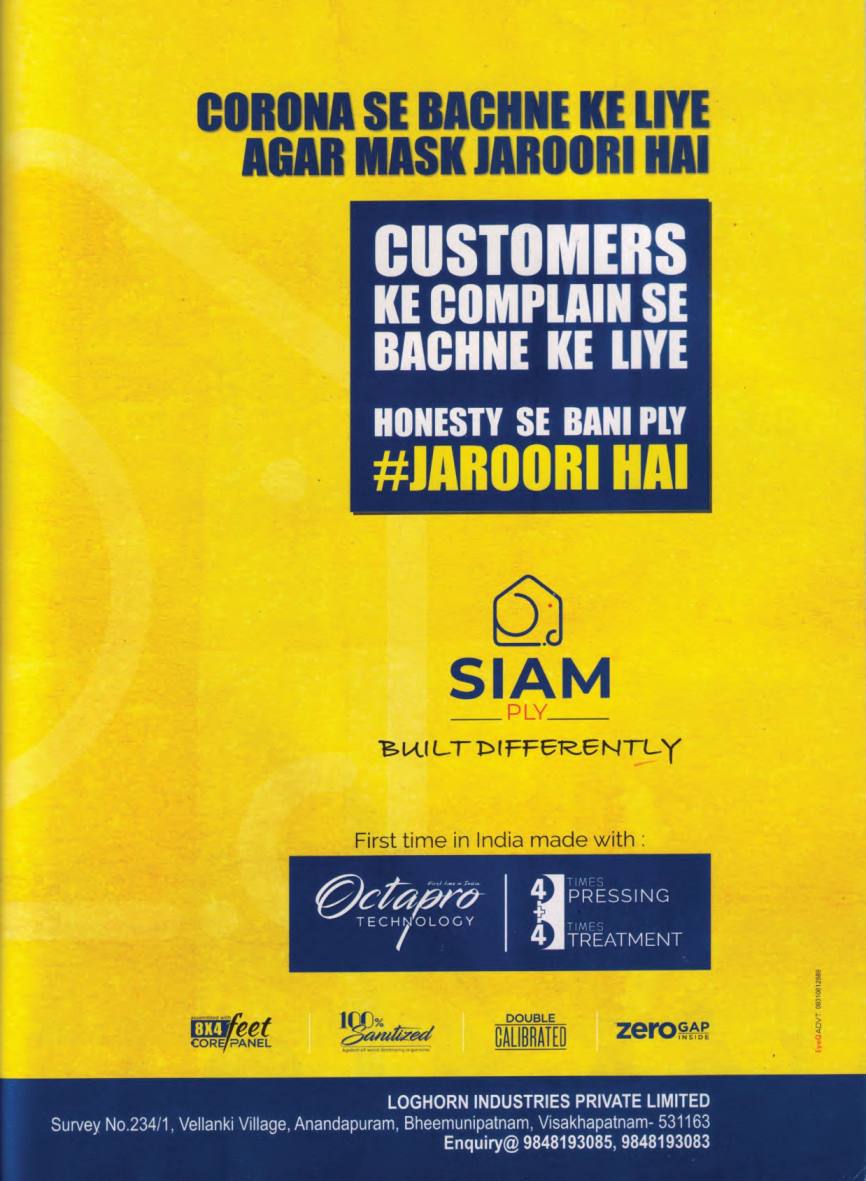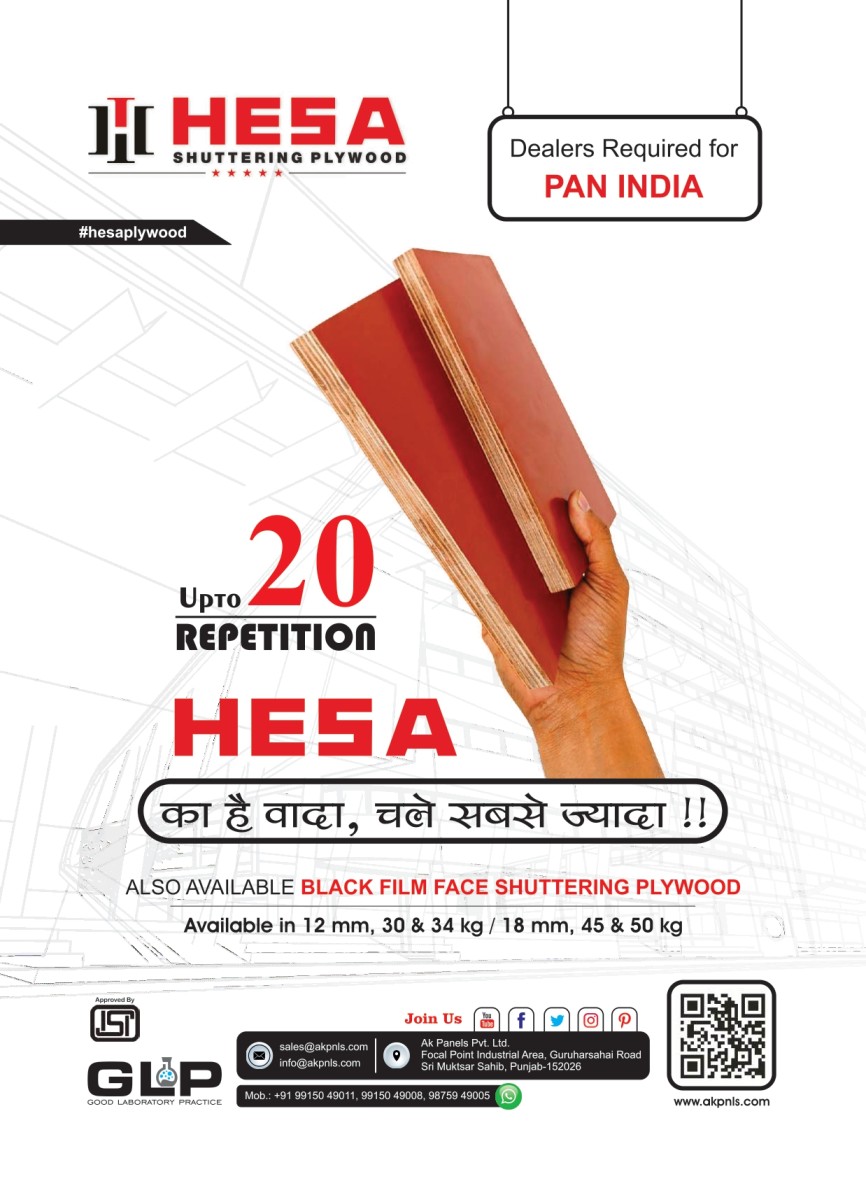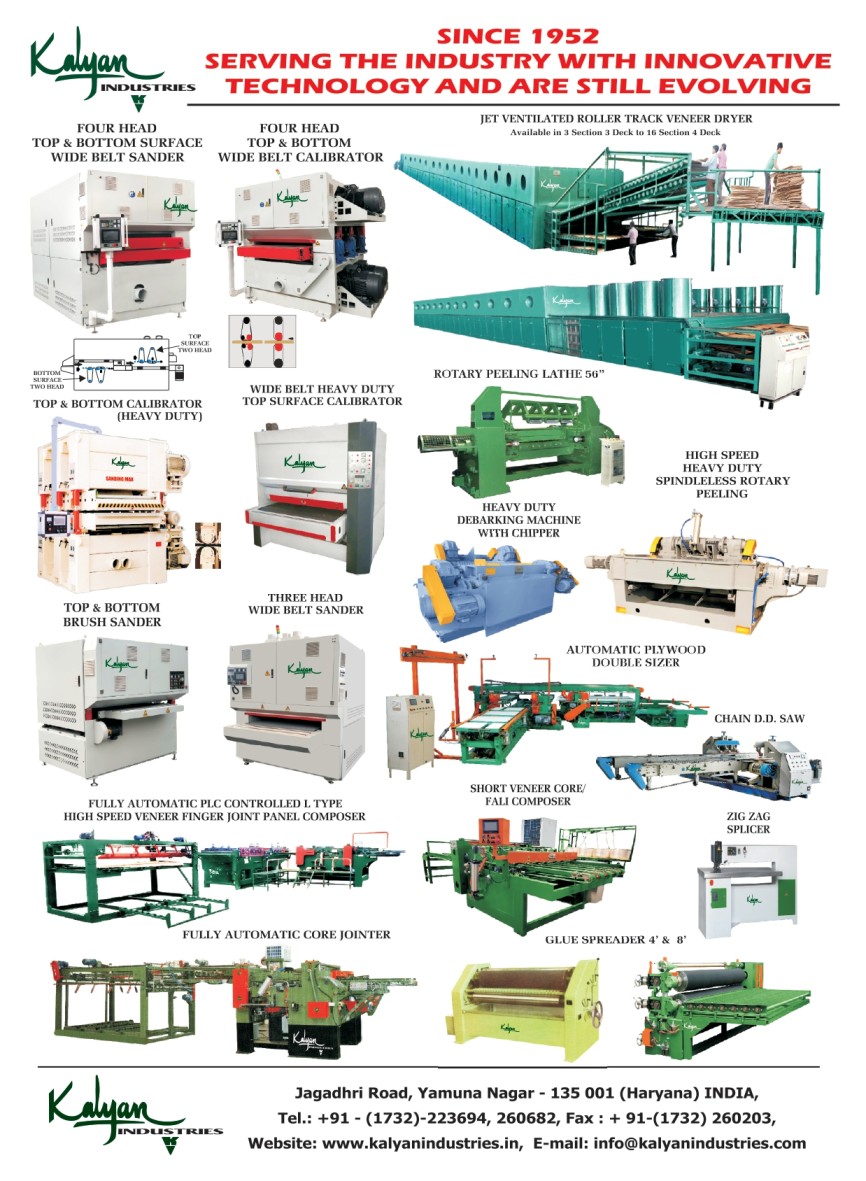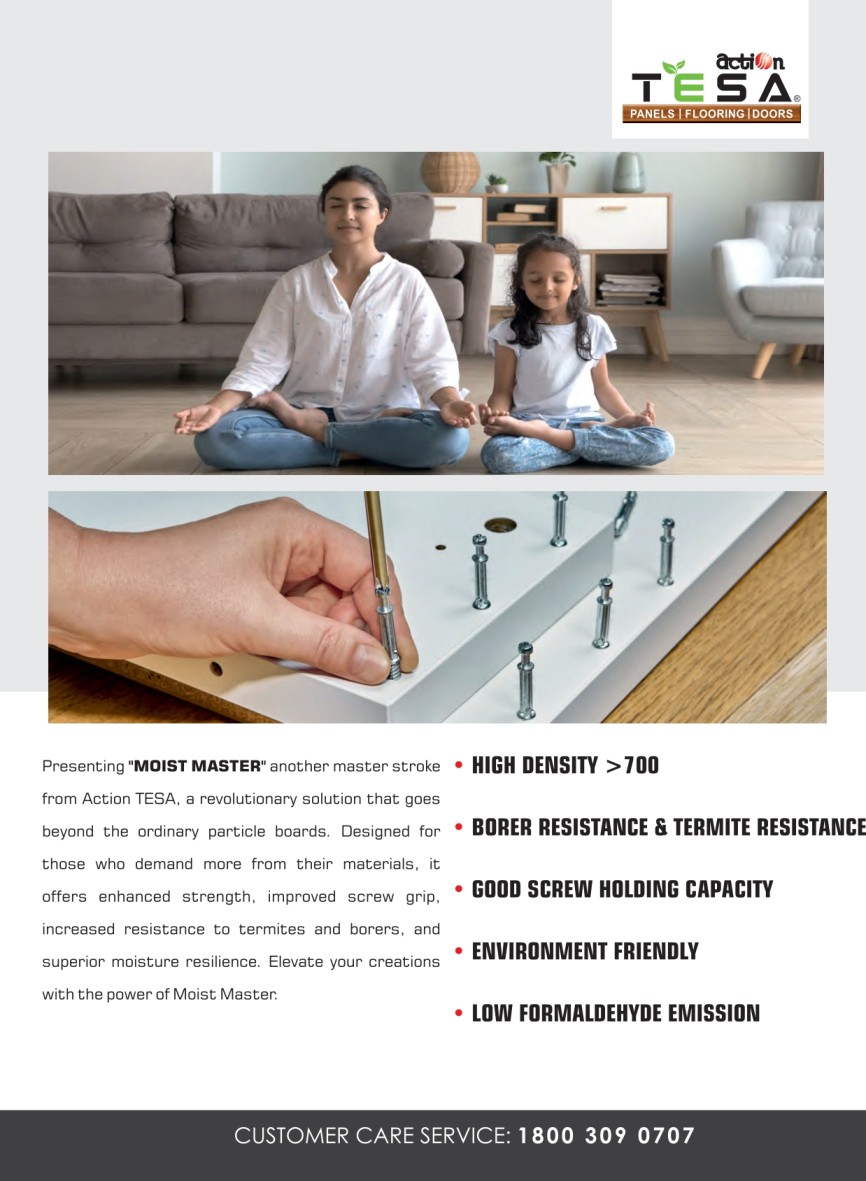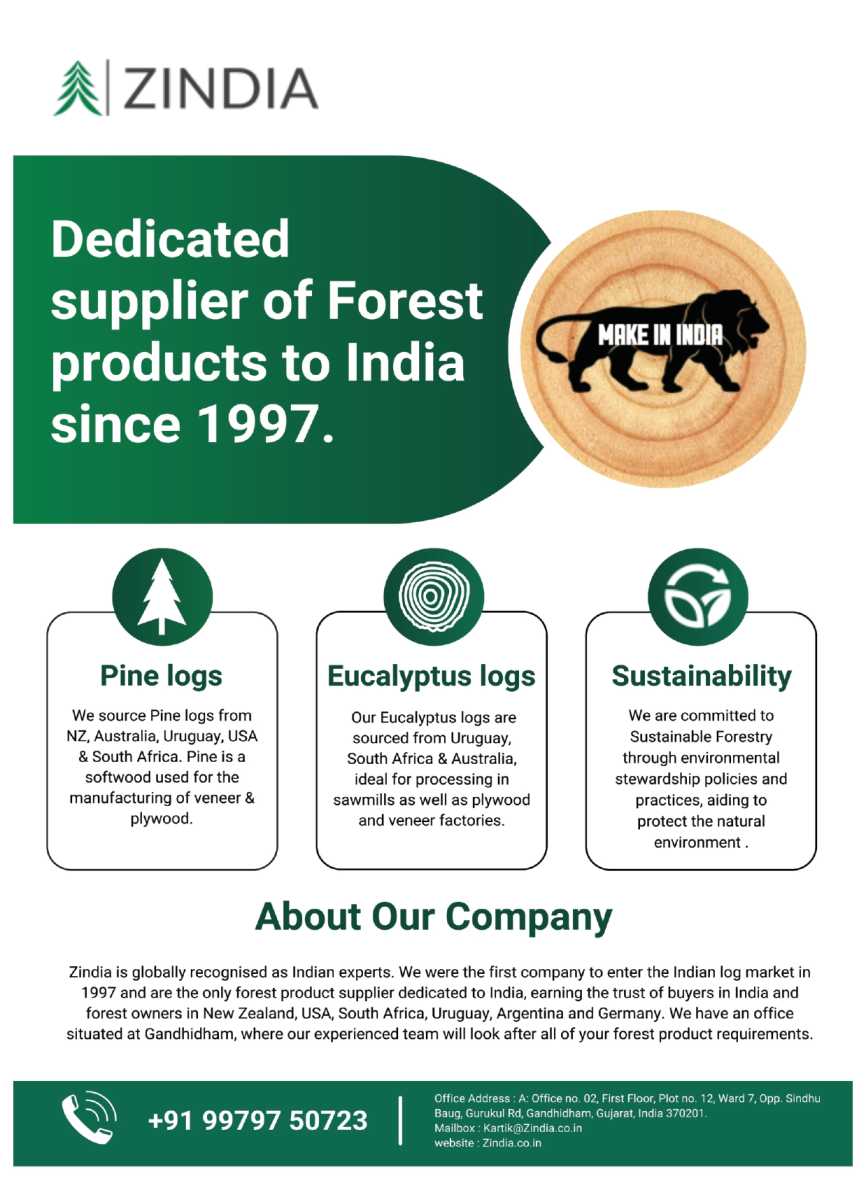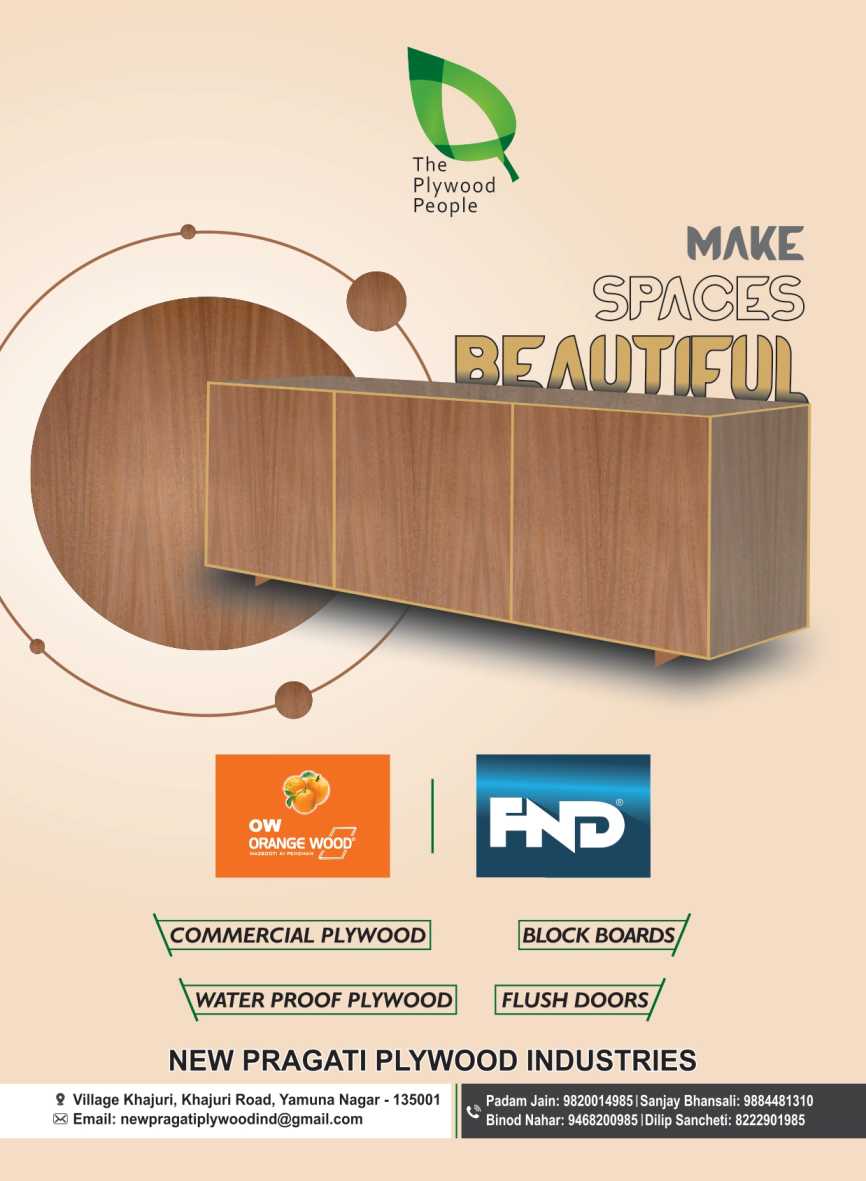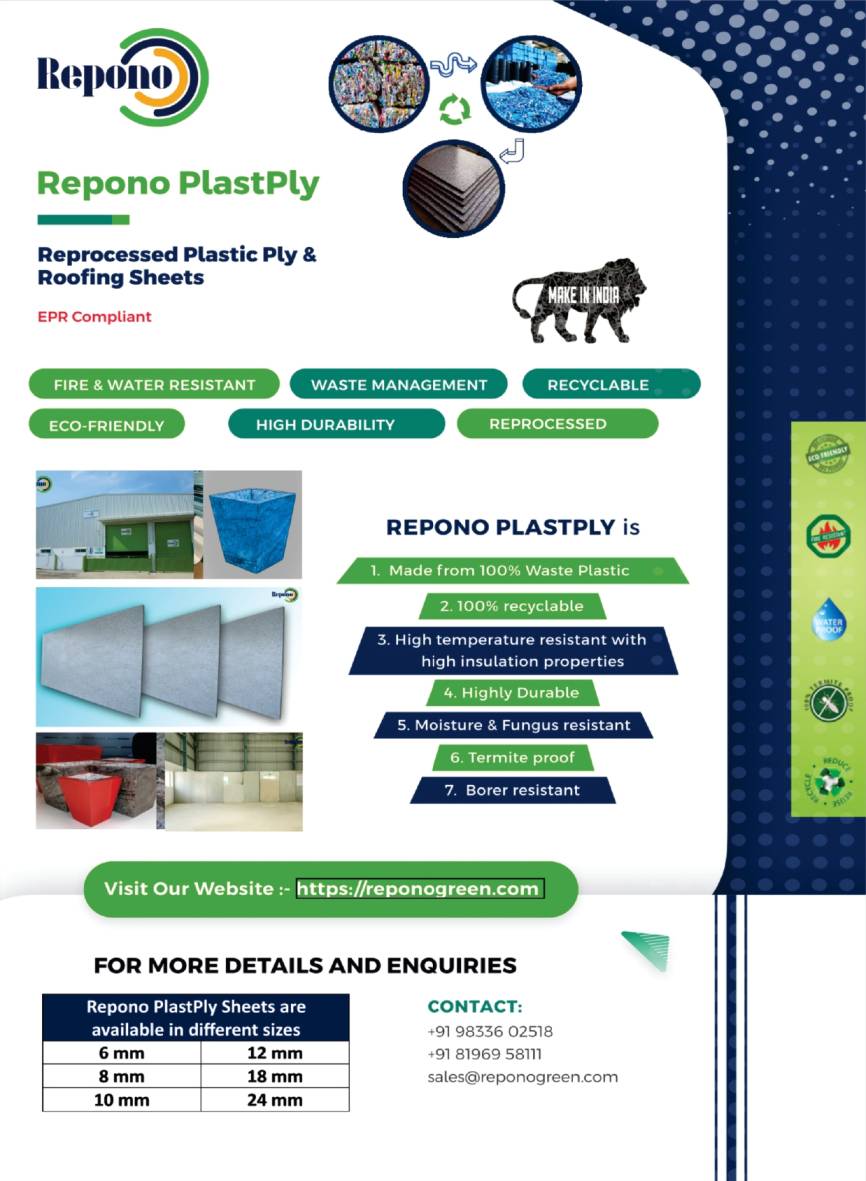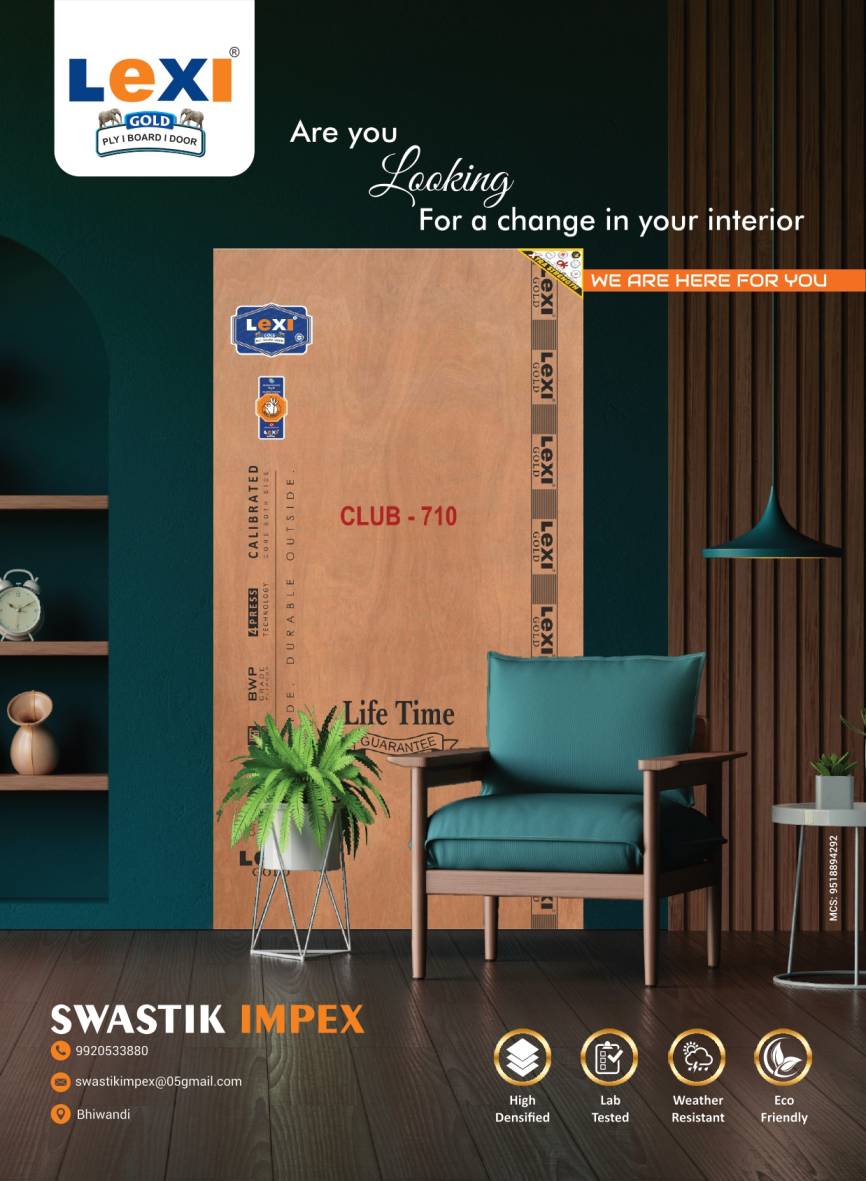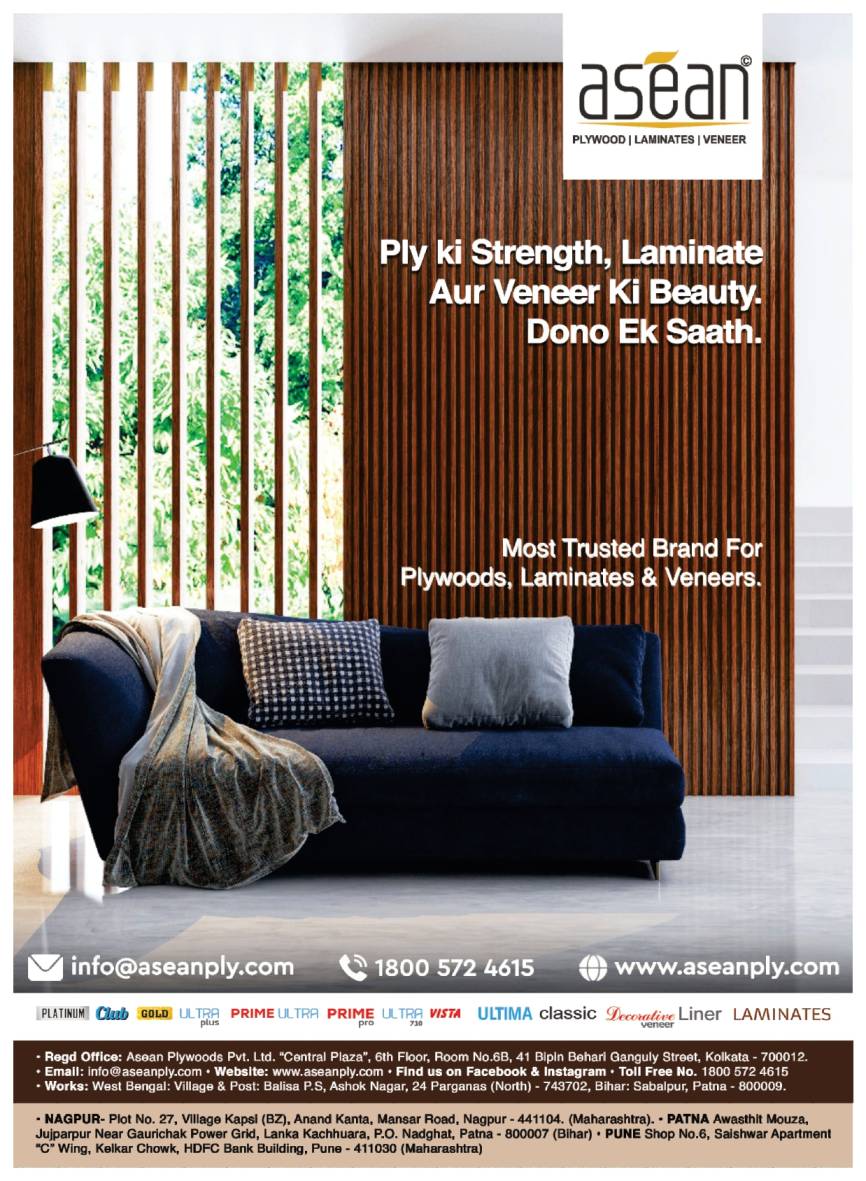Request to Amend some of the Proposed Revisions in the Wooden Product Standards
- मई 9, 2025
- 0
IS 1659:2004 – Block Boards
1) Reduce the Bending classes to F40 and F25 – Moe of 2500 and MoR of 25 represents the standard average value of MR grade Block Board made generally at present using agro forestry timber and face veneer of 0.2mm, which is imported. Similarly Moe of 4000 and Mor of 40 is practical for higher grade of block boards
2) Face Veneer Thickness (Clause 6.3.1) – Remove the thickness requirement of face veneer and cross band -Face Veneer is being entirely imported and is available in 0.2 to 0.4mm thickness whereas the current standard allows for minimum of 0.5mm. The thickness requirement of face veneer has been removed in new revision of IS 303 and has we request you to remove the clause 6.3.1 all together in IS 1659 too.
3) Clause 6.3 Cross Band and Faces – Remove ‘shall be smooth’ for cross bands. -Normally only 20%-40% of core veneer obtained is of strictly smooth quality and is hence open to interpretations. To be able to utilize all our raw material make the smoothness optional as long it does not affect the bonding strength and static bending strength.
4) Clause 7.3 Tolerance- Increase tolerance in Length and Width- Length and Width don’t affect quality whatsoever and might vary due to manual error and hence we request you to increase length tolerance to + 6mm and -3mm and the width tolerance to +3mm and -1mm
5) Clause 7.3 Tolerance –Increase allowance in ‘Variation of thickness of board’ to 1mm – Block boards is constructed using multiple batons. It is very difficult to control thickness of each one of them. Secondly the compression loss varies during press due to variation in density of different core veneers, making it difficult to maintain the overall thickness variation of 0.5mm on a board.
6) Clause 4.1 Include BWR grade block board in accordance to IS 848 – BWR grade is permissible in other wood panel products like plywood and flush doors and we would like it to be included in IS 1659 also for us to able to cater to all range of market requirements and customer needs.
7) Clause 6.1 Remove mandatory preservative treatment according to IS 401 and hence remove the need of spot test Clause 9.2.6 – Allow manufacturers to use any kind of preservative treatment as long as the block board passes the mycological test.
IS 2202:2023 Part 1 – Flush Doors
1) Sampling Guidelines Annex B-
a) Point 1 (c) (d), 2) Do not group doors on base of Sizes and Thickness –Flush Doors is a product that has variety of sizes and all units manufacture all the Designations. It is not practical for a manufacturer to apply for a certain kind of Designation or Thickness.
b) Point 3,4 Remove the requirement of getting doors of each group to be tested –4 flush doors are drawn for sampling in IS 2202. 4 groups make it 16 samples. Getting 16 samples tested per factory visit is highly impractical and illogical. Doors take long time to test, it is logistically a burden on BIS too.
2) Clause 5, Table 2 – Remove the restriction of thickness in designation of flush doors -In India all sizes of flush doors are made in all kinds of thickness. Thickness are also not restricted to 25,30 and 35mm. 32,38 and 40mm are being made in smaller sizes also. With years of R&D and advancement manufacturers are capable of producing bigger sizes of door in 25 and 30mm also.
3) Make thickness as suggestion rather than specification – Add note to allow manufacturer and purchaser to decide the thickness.
4) Material Clause 6 Material – Allow bi-products of manufacturing process to be used in manufacturing of MR Grade flush doors – Around 20-25% Timber used in manufacturing of flush doors is generated as bi-products, which cannot be used in ISI grade flush doors. Making doors using these bi-products (uneven batons, side cuttings etc.) ìs highly economical for MSMEs as we get maximum yield out of timber and this product forms a big part of our production and is sold widely in the market at the lower and middle class level. It also in turn helps in preserving the environment as it allows us to use most of the timber.
5) Clause 11.1 Dimension and Squareness Test – Increase permissible variation between two points – Variation of 0.8mm allowed between two points is too less. It should be 2mm as allowed thickness is +-1mm. Such variation is as a result of varying density of numerous batons and cross bands.
IS 4990 – Shuttering Plywood
This process is not being followed by manufacturers in India as it is highly impractical to treat finished product with retention of 12kg/m3. Only 20-25 pieces can be treated at a time and a unit produces a minimum of 300 pieces in a day. We should be allowed to treat the shuttering plywood as we like so as to pass the standard of mycological test.
2) Clause 7.4 Allow negative tolerance in length and width- Length and Width don’t affect quality whatsoever and might vary due to manual error and hence we request you to increase length tolerance to + 6mm and -3mm and the width tolerance to +3mm and -1mm
3) Clause 8.2 (b) Core Split allowed -Only 20-30% core veneer obtained is devoid of core split. To be able to utilize all of our raw material, core split should be a permissible defect as long it does not affect the performance of the shuttering.








